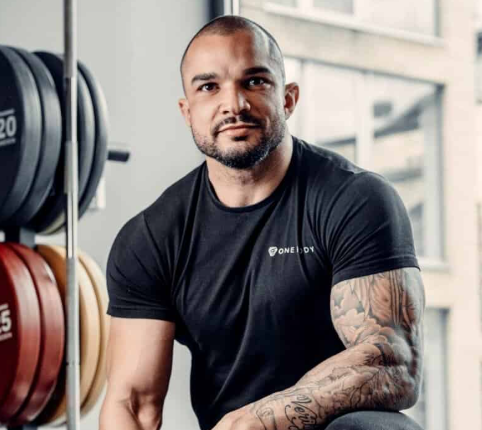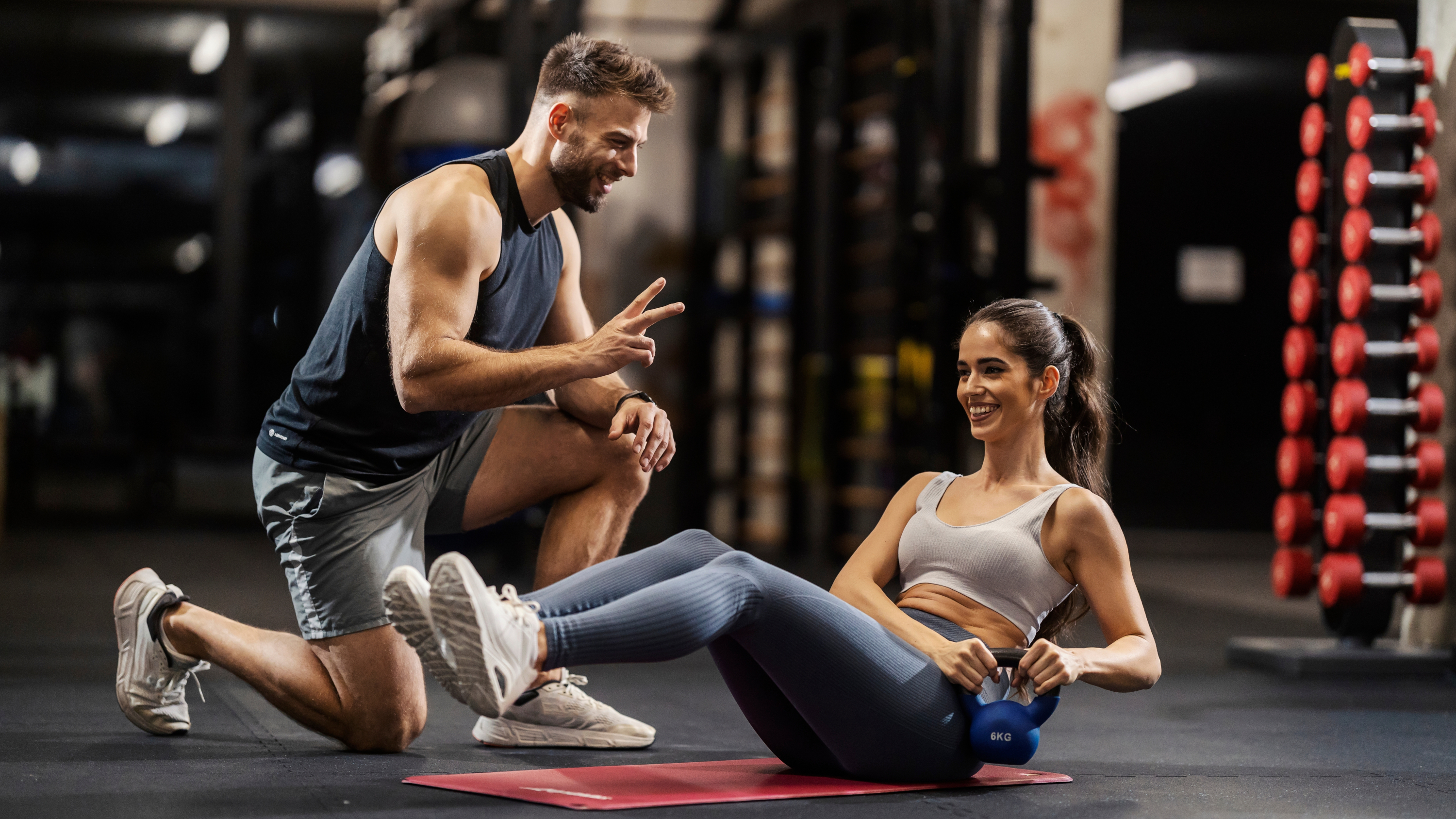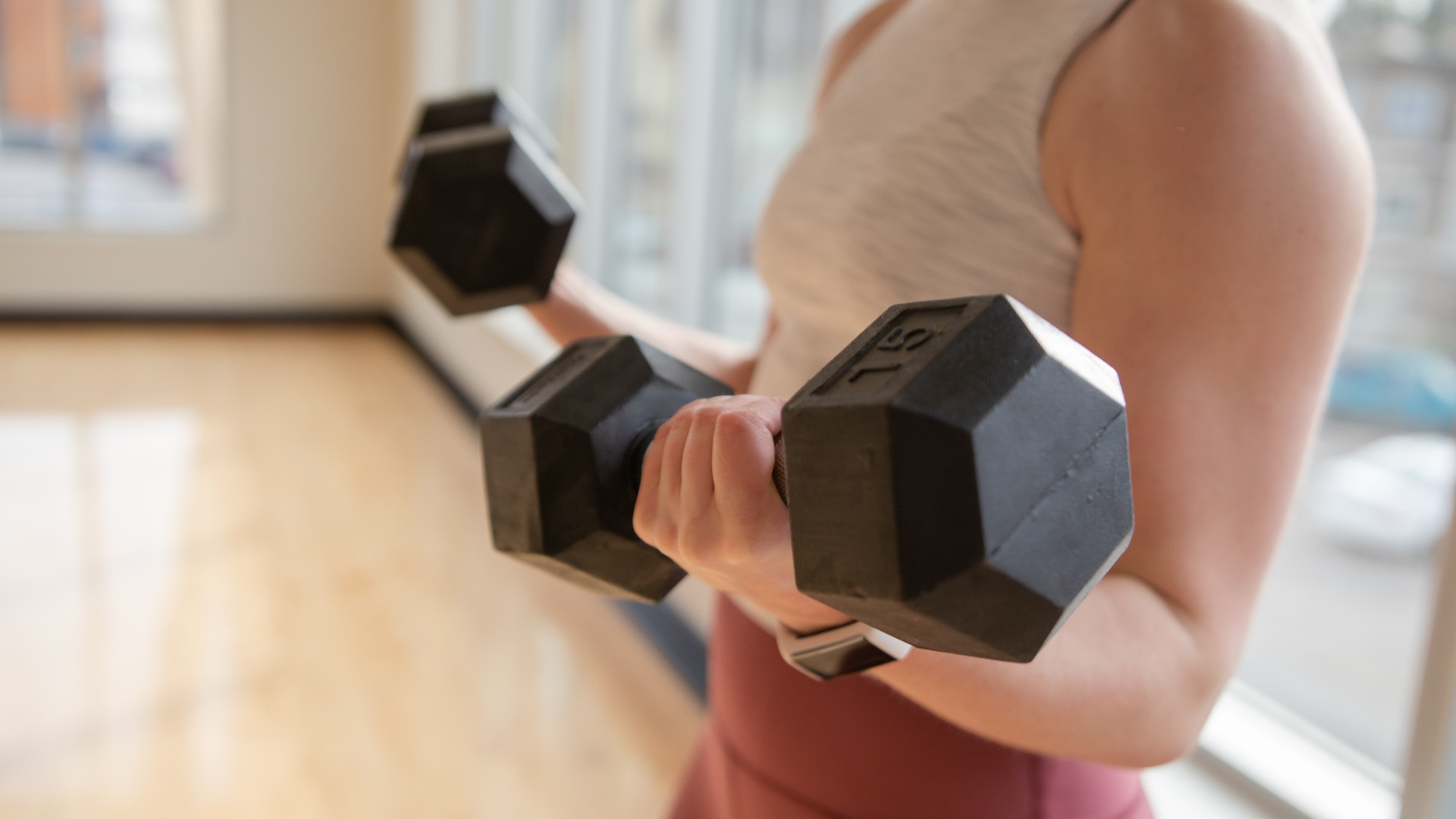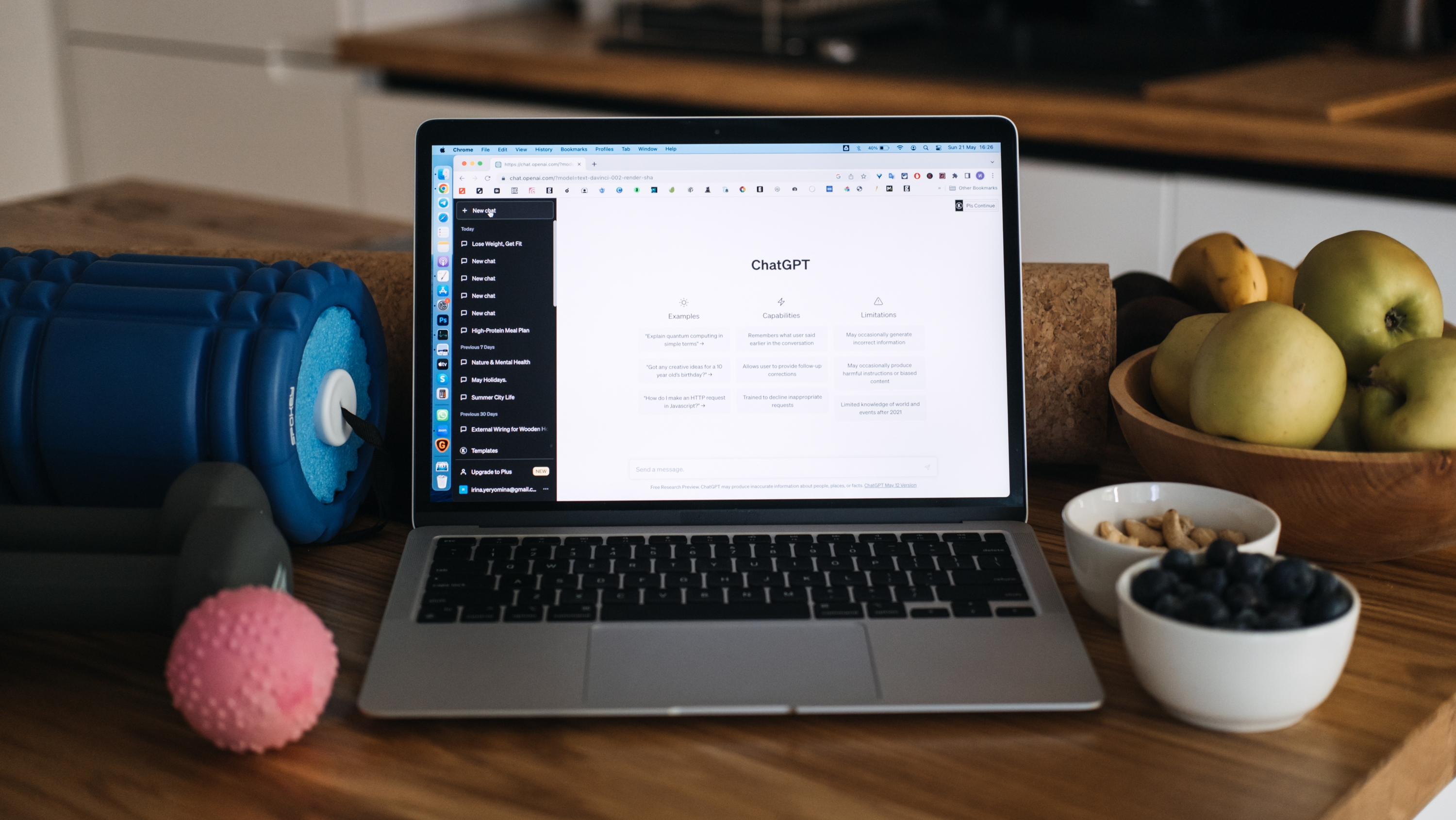Thinking of using ChatGPT to build your next workout plan? Read this first
Do you trust ChatGPT with your fitness goals?

"Hey Chatbot, build me a 6-week plan to build more muscle. Hey Chatbot, what’s the fastest way to get a six-pack? Hey Chatbot, make me a training plan to run a sub 4-hour marathon." These are just a few of the questions people are throwing at AI platforms like ChatGPT and getting answers in seconds.
With fast, free access to some of the best AI chatbots, it’s easy to see why people are using them as a cost-free alternative to hiring a trainer or paying for a premium workout app. But while it’s convenient and often inspiring, can AI really replace a human coach when it comes to safe, effective training?
To find out, we spoke to a personal trainer about the risks and realities of using AI for fitness guidance and how you can make it work safely.

Certified personal trainer and Clinical Director at One Body LDN, a London-based physiotherapy and performance clinic.
What are the risks of following ChatGPT workouts
“One of the biggest risks is that AI doesn’t truly know you, nor can it assess your movement quality, injury history, mobility limitations, or individual biomechanics,” says Johnson.
It can be especially dangerous for beginners who may not know their own limits or ability level, and therefore, relying on a robot to build you a workout plan can be dangerous. Or as Johnson puts it, "It isn’t just ineffective but a fast track to injury."

Unlike a human trainer, AI can’t see your form, spot fatigue, or adapt your plan in real time. It may also overlook key phases like deload weeks or recovery days, and without feedback, even small mistakes can compound over time. The result can be poor progress at best and an increased risk of injury at worst.
That doesn’t mean you should ditch AI completely. It just means using it thoughtfully and paying attention to how your body responds to the exercise you choose to do. If you use AI for workout ideas, think of it as a supplement rather than a replacement for professional guidance. After all, personal trainers earn their credentials for a reason.
Get instant access to breaking news, the hottest reviews, great deals and helpful tips.
What a personal trainer looks for in a safe and effective plan
A safe workout plan evolves with you
Kurt Johnson
According to Johnson, a solid workout program doesn’t need to be complicated or packed with advanced movements. It starts with the basics. “The foundation of any safe and effective training plan is mastering the fundamentals: push, pull, hinge, squat, and carry,” he explains.
If you want a closer look at each of these exercises and how to perform them effectively, check out our guide to the five compound exercises you should do to build full-body functional strength and muscle.

A good plan also balances challenge and recovery. Progressive overload — gradually increasing intensity, volume, or resistance — is essential for progress, but recovery is what allows your muscles and joints to adapt. Johnson says rest days are not a sign of taking it easy but a key part of getting stronger and avoiding burnout.
Just as important is making sure your plan reflects your goals and current ability. The best programs are goal-based and adaptable, not something you have to force yourself to fit into. “A safe workout plan evolves with you,” says Johnson. That might mean swapping exercises that don’t feel right, reducing load when you are tired, or scaling back volume when life gets busy.
How to use ChatGPT safely for workouts
Not everyone can afford a personal trainer or a paid online program, and free tools like ChatGPT can be a tempting way to get structure and ideas for your workouts. Johnson emphasizes that AI can be a useful source of inspiration, but it is no substitute for professional guidance. “AI can definitely offer inspiration, but it cannot replace the discernment, adaptability, and insight of a trained coach,” he says.

To make the most of AI-generated workouts while keeping them safe, Johnson suggests following these tips:
- Be specific with your input: include your current experience, fitness goals, and any injuries. “Vague prompts rarely yield safe or effective results,” says Johnson. The more context you give, the better the suggestions will be. You can also include details such as what equipment you have access to, your current training frequency, any mobility limitations and your schedule.
- Treat AI responses as ideas, not instructions: use them to structure your week or find new exercises, but don’t follow them blindly.
- Verify techniques: check movements using trusted tutorials or guidance from a certified trainer. Johnson stresses, “Recording yourself and comparing your form to demonstrations you know are correct helps catch mistakes before they become habits.”
- Focus on form and recovery: quality over quantity is key. Make sure you are moving correctly and allowing your body to recover between sessions.
- Record and review your movements: filming yourself can highlight mistakes early. Johnson says, “Pay attention to how your body feels. Pain is a warning, not a challenge to push through.”
- Combine AI with real coaching when possible: even a few sessions with a trainer can help you adapt an AI plan safely and make faster progress.
AI can spark ideas, but expert guidance keeps you safe and progressing. Whether it is asking a PT in the gym to check your form, watching reputable tutorials online, or reaching out to Tom’s Guide with topics you want covered, make sure you are learning and moving with care.
Follow Tom's Guide on Google News, or add us as a preferred source, to get our up-to-date news, analysis, and reviews in your feeds. Make sure to click the Follow button!
More from Tom's Guide
- This workout skips the squats and saves your knees: Here’s a trainer’s 6-move chair routine for building stronger legs over 55
- These 7 standing ab exercises target your core without a single sit-up or crunch — and they’re great for your posture too
- The surprising health benefit of rolling your shoulders — and why it feels so good, according to new research

Jessica has been a fitness writer at Tom’s Guide since 2023, bringing three years of experience writing about health, fitness, and the great outdoors. Her passion for exercise began during her childhood, where she spent weekends hiking and competing in local athletics club events. After earning a master’s degree in journalism from Cardiff University, Jessica found the perfect way to combine her love of storytelling and fitness into a career.
Jessica is passionate about testing fitness gear and tech, using her reviews to help readers make informed buying decisions. She ran her first marathon in April 2024, finishing it in 3 hours and 48 minutes. Through her training, she’s developed a deep understanding of what it takes to grow as a runner, from effective workouts and recovery techniques to selecting the right gear for every challenge.
When she’s not at her desk, Jessica enjoys spending time in the kitchen crafting new recipes, braving cold water swims and hiking.
You must confirm your public display name before commenting
Please logout and then login again, you will then be prompted to enter your display name.
